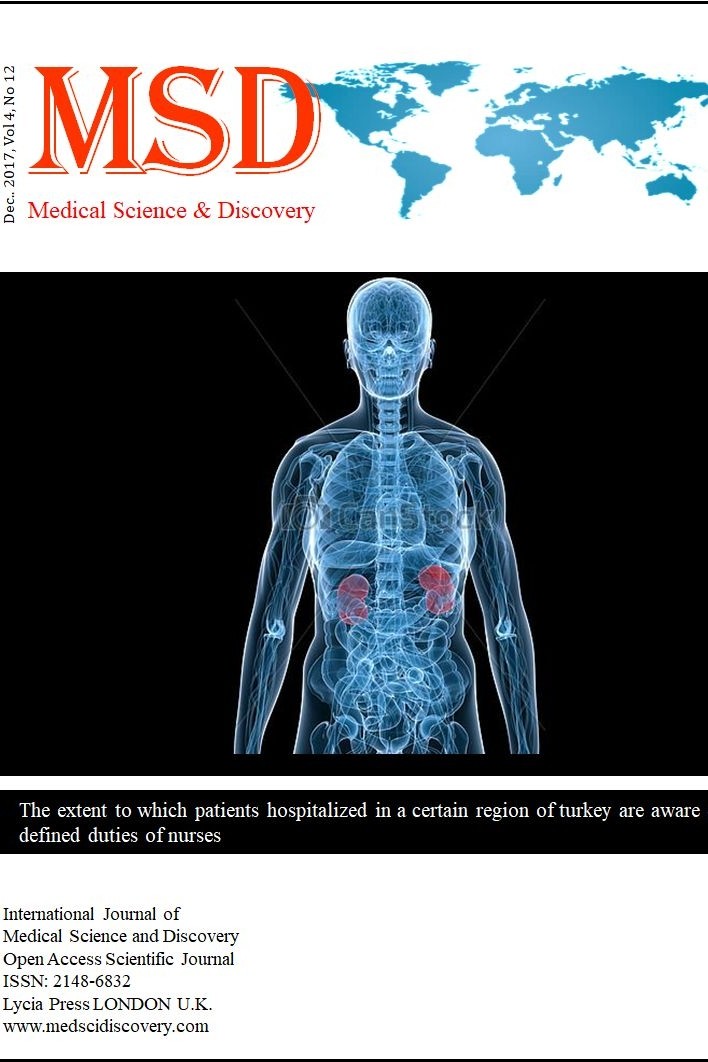A single group, pretest-posttest clinical trial for the effects of botulinum toxin injection using dual guidance into the upper extremity muscles for the treatment of focal spasticity in patients with chronic stroke
A single group, pretest-posttest clinical trial for the effects of botulinum toxin injection using dual guidance into the upper extremity muscles for the treatment of focal spasticity in patients with chronic stroke
Spasticity, botulinum toxin, injection ultrasonography, stimulation,
___
- 1. Monaghan K, Horgan F, Blake C, et al: Physical treatment interventions for managing spasticity after stroke (Protocol), 2011 The Cochrane Collaboration, Published by John Wiley & Sons Ltd., The Cochrane Library 2011, Issue 7.
- 2. Ozcakır S, Sivrioğlu K. Botulinum toxin in poststroke spasticity. Clinical medicine and Research 2007;5(2):132-8.
- 3. Çeliker R. Bölüm 58, Spastisite Tedavisinde Kullanılan İlaçlar, Fiziksel Tıp ve Rehabilitasyon, 2. Baskı, (Ed: Beyazova M, Kutsal YG), 2011;2:901-17.
- 4. Picelli A, Lobba D, Midiri A, et al: Botulinum toxin injection into the forearm muscles for wrist and fingers spastic overactivity in adults with chronic stroke: a randomized controlled trial comparing three injection techniques, Clin Rehabil 2014; 28(3): 232-42.
- 5. Picelli A, Bonetti P, Fontana C, et al: Accuracy of botulinum toxin type A injection into the gastrocnemius muscle of adults with spastic equinus: manual needle placement and electrical stimulation guidance compared using ultrasonography. J Rehabil Med 2012; 44(5): 450-2.
- 6. Wissel J, Ward AB, Erztgaard P, et al. European consensus table on the use of botulinum toxin type A in adult spasticity. J Rehabil Med 2009; 41:13-25.
- 7. Bohannon RW, Smith MB: Interrater reliability of a modified Ashworth scale of muscle spasticity. Phys Ther 1987;67:206-7
- 8. Paulis WD, Horemans HL, Brouwer BS, Stam HJ. Excellent test-retest and interrater reliability for Tardieu Scale measurements with inertial sensors in elbow flexors of stroke patients. Gait Posture 2011; 33(2): 185-9
- 9. Yang EJ, Rha DW, Yoo JK, et al. Accuracy of manual needle placement for gastrocnemius muscle in children with cerebral palsy checked against ultrasonography. Arch Phys Med Rehabil 2009; 90:741-4.
- 10. Chin TY, Nattrass GR, Selber P, et al. Accuracy of intramuscular injection of botulinum toxin A in juvenile cerebral palsy: a comparison between manual needle placement and placement guided by electrical stimulation. J Pediatr Orthop 2005; 25:286-91.
- 11. Schroeder AS, Berweck S, Lee SH, Heinen F. Botulinum toxin treatment of children with cerebral palsy- a short review of different injection techniques. Neurotoxicity Research 2006; 9:189-96.
- 12. Shaari CM, Sanders I. Quantifying how location and dose of botulinum toxin injections affect muscle paralysis. Muscle Nerve 1993;16 (9):964-9.
- 13. G. Sheean, N. A. Lanninb, L. Turner-Stokes, et al. Botulinum toxin assessment, intervention and after-care for upper limb hypertonicity in adults: international consensus statement, European Journal of Neurology 2010;17:74–9.
- 14. Comella CL, Buchman AS, Tanner CM, et al. Botulinum toxin injection for spasmodic torticollis: increased magnitude of benefit with electromyografic assistance. Neurology 1992;42(4):878-82
- 15. Henzel MK, Munin MC, Niyonkuru C, et al. Comparison of surface and ultrasound localization to identify forearm flexor muscles for botulinum toxin injections. PM & R: the journal of injury, function, and rehabilitation 2010;2:642-6.
- 16. Kwon JY, Hwang JH, Kim JS. Botulinum toxin a injection into calf muscles for treatment of spastic equinus in cerebral palsy: a controlled trial comparing sonography and electric stimulation-guided injection techniques: a preliminary report. Am J Phys Med Rehabil 2010; 89:279-86.
- 17. Shaw LC, Price CI, van Wijck FM, et al. Botulinum Toxin for the Upper Limb after Stroke (BoTULS) Trial: effect on impairment, activity limitation, and pain. Stroke 2011;42:1371-9.
- ISSN: 2148-6832
- Başlangıç: 2014
- Yayıncı: Zafer AKAN
What is the amniotomy effect on non stress test in patients meconium stained amniotic fluid?
Gul Nihal BUYUK, Serkan KAHYAOGLU, Merve Didem ESGİN, Ceren TUTKUN, Caner KOSE, Yaprak USTUN
T-cell Non-Hodgkin lymphoma associated with myelodysplasia: A case report in a child
Gokce Pinar REİS, Aysenur BAHADİR, Erol ERDURAN
Tarik Onur TİRYAKİ, Sezen GENC, Gulcin Bagatir OZAN, Kivanc CEFLE, Sukru PALANDUZ, Gulcin YEGEN, Oner DOGAN, Meliha NALCACİ
Rat brain synaptosomes: In vitro neuroprotective effects of betaine against fluoride toxicity
Ceyhan HACİOGLU, Fatih KAR, Gungor KANBAK
Sexual abuse and accepting attitudes towards intimate partner rape in Uganda
